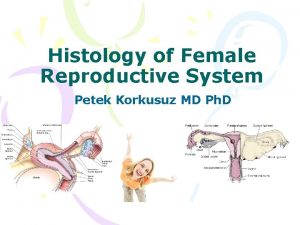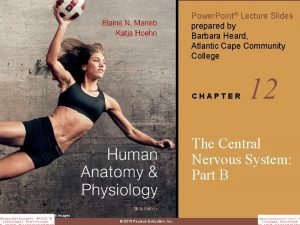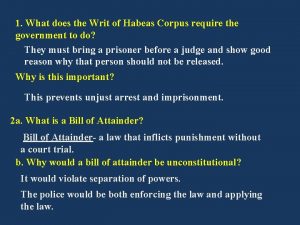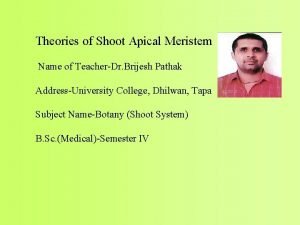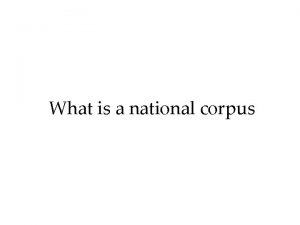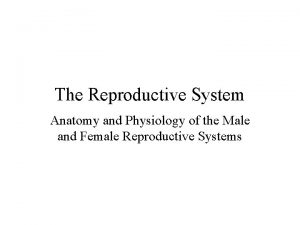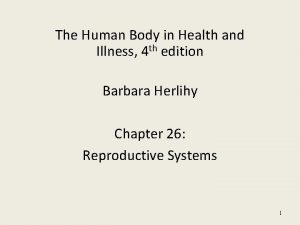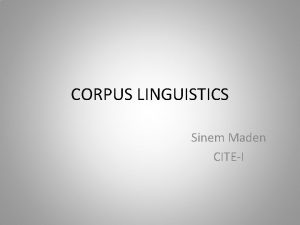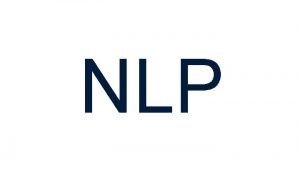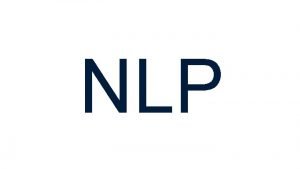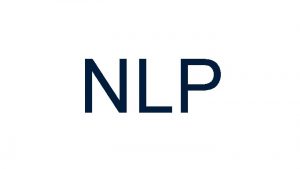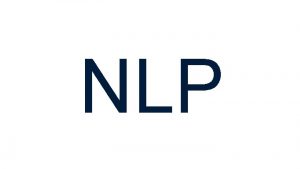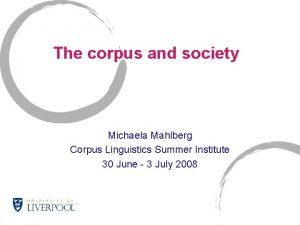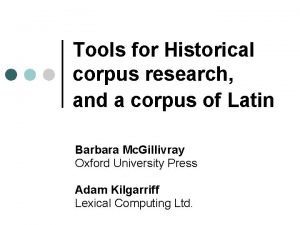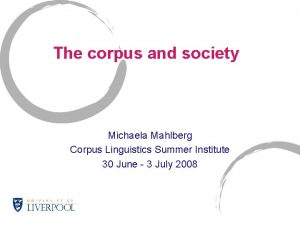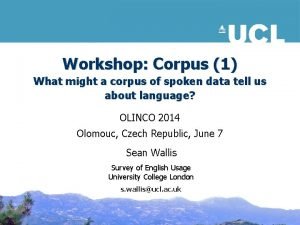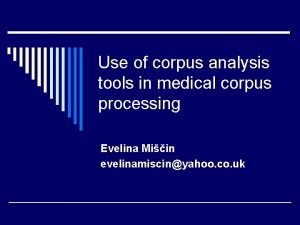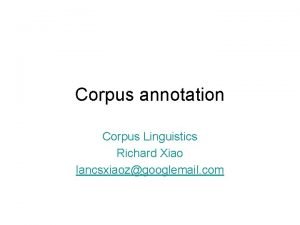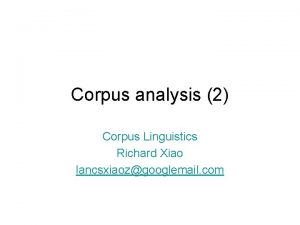Corpus Processing and NLP 1 What is NLP
























- Slides: 24

Corpus Processing and NLP 1

What is NLP? • Natural Language Processing – natural language vs. computer languages • Other names – Computational Linguistics • emphasizes scientific not technological – Language Engineering • official European Union term, ca 1996 -99 – Human Language Technology (HLT) • preferred EU and US Government term) – Language Technology 2

NLP and linguistics L I N G supply ideas interpret results test theories expose gaps N L P plus turn into technology 3

Example: regular morphology LINGUISTICS: – Rules: stems -> inflected forms NLP: – program the rules – apply rules to a lexicon of stems – Is the output correct? Errors? LINGUISTICS: – refine theory Needed for: web search, spell-checkers, machine translation, speech recognition systems etc. 4

Application areas • web search – Basic search – Filtering results • spelling and grammar checking • machine translation (MT) • talking to computers – speech processing as well • information extraction (IE) – finding facts in a database of documents; populating a database, answering questions 5

How can NLP make better dictionaries? By pre-processing a corpus: • • • tokenization sentence splitting lemmatization POS-tagging parsing Each step builds on predecessors 6

Tokenization “identifying the words” from: he didn't arrive. to: He did n’t arrive. 7

Automatic tokenization • Western writing systems – easy! space is separator • Chinese, Japanese, some other writing systems – do not use word-separator – hard • like POS-tagging (below) 8

Why isn't space=separator enough (even for English)? • what is a space – linebreaks, paragraph breaks, tabs • Punctuation – characters do not form parts of words but may be attached to words (with no spaces) • brackets, quotation marks • Hyphenation – is co-op one word or two? is well-managed? 9

Sentence splitting “identifying the sentences” from: he didn't arrive. to: He did n’t arrive. to: <s> He did n’t arrive. </s> 10

Lemmatization Mapping from text-word to lemma help (verb) text-word to lemma help (v) helps help (v) helping help (v) helped help (v) . 11

Lemmatization Mapping from text-word to lemma help (verb) help (noun), helping (noun) text-word to lemma help (v), help (n) helps help (v), helps (n)** helping help (v), helping (n) helped help (v) helpings helping (n) **help (n): usually a mass noun, but part of compound home help which is a count noun, taking the "s" ending. . 12

Lemmatization Dictionary entries are for lemmas so lemmatization is required for a match between text-word and dictionary-word . 13

Lemmatization • Searching by lemma – English: little inflection – French: 36 forms per verb – Finno-Ugric: 2000. • Not always wanted: – English royalty • singular: kings and queens • plural royalties: payments to authors 14

Automatic lemmatization • Write rules: – if word ends in "ing", delete "ing"; – if the remainder is verb lemma, add to list of possible lemmas • If detailed grammar available, use it • full lemma list is also required – Often available from dictionary companies 15

Part-of-speech (POS) tagging “identifying parts of speech” from: he didn't arrive. to: … . to: <s> He did n’t arrive verb . </s> PNP pers pronoun VVD past tense verb XNOT not VV base form of C punctuation 16

Tagsets • The set of part-of-speech tags to choose between – Basic: noun, verb, pronoun … – Advanced: examples - CLAWS English tagset • NN 2 • VVG plural noun -ing form of lexical verb • Based on linguistics of the language. 17

POS-tagging: why? • Use grammar when searching – Nouns modified by buckle – Verbs that buckle is object of 18

POS-tagging: how? • Big topic for computational linguistics – well understood – taggers available for major languages • Some taggers use lemmatized input, others do not • Methods – constraint-based: set of rules of the form if previous word is "the" and VERB is one of the possibilities, delete VERB – Statistical: • Machine learning from tagged corpus • Various methods • Ref: Manning and Schutze, Foundations of Statistical Natural Language Processing, MIT Press 1999. 19

Parsing • Find the structure: – Phrase structure (trees) The cat sat on the – Dependency structure (links) – The cat sat on the mat 20

Automatic parsing • Big topic – see Jurafsky and Martin or other NLP textbook • Many methods too slow for large corpora • Sketch Engine usually uses “shallow parsing” – Patterns of POS-tags – Regular expressions 21

Regular expressions • Search for any pattern • Very useful in lots of places • Exercises – http: //www. sketchengine. co. uk/exercises/regex Madrid 2010 Kilgarriff: Corpus Processing and NLP

Summary • What is NLP? • How can it help? – Tokenizing – Sentence splitting – Lemmatizing – POS-tagging – Parsing 23

Exercise • • A sentence of your language A tagset of your language Tokenize For each word, decide – What is the lemma (doesn’t apply in Chinese) – Which tag applies Word Visiting relatives … Lemma visit relative Tag VVG NN 2 24
 Lutalphase
Lutalphase Stroma
Stroma Natural language processing nlp - theory lecture
Natural language processing nlp - theory lecture Natural language processing lecture notes
Natural language processing lecture notes Point processing and neighbourhood processing
Point processing and neighbourhood processing Secondary processing of food
Secondary processing of food What is interactive processing
What is interactive processing Top-down processing
Top-down processing Bottom up processing vs top down processing
Bottom up processing vs top down processing Bottom-up processing example
Bottom-up processing example Point processing
Point processing Histogram processing in digital image processing
Histogram processing in digital image processing Parallel processing vs concurrent processing
Parallel processing vs concurrent processing Laplacian filter
Laplacian filter Point processing in image processing
Point processing in image processing Digital image processing
Digital image processing Top bottom processing
Top bottom processing Function medulla oblongata
Function medulla oblongata Z-brain
Z-brain The writ of habeas corpus and the grand jury both
The writ of habeas corpus and the grand jury both Language policy and planning ppt
Language policy and planning ppt Histogen theory diagram
Histogen theory diagram Armenian national corpus
Armenian national corpus Corpus luteum secretes
Corpus luteum secretes Corpus luteum secretes progesterone
Corpus luteum secretes progesterone

